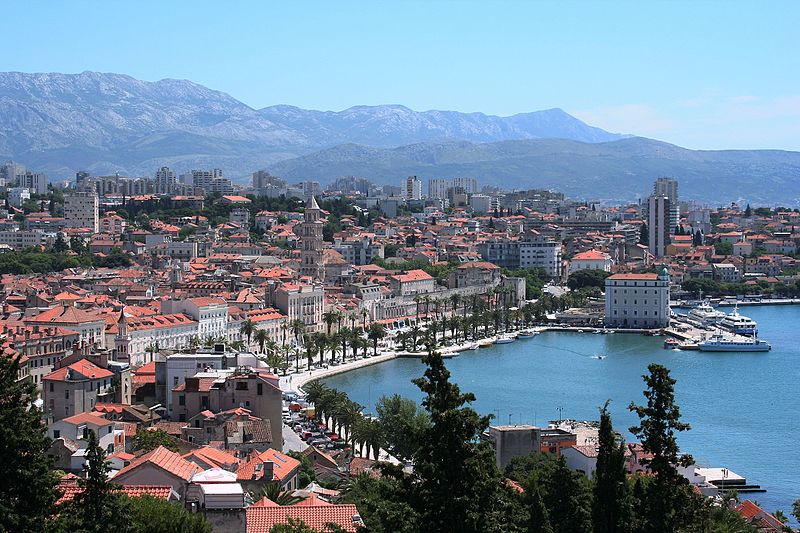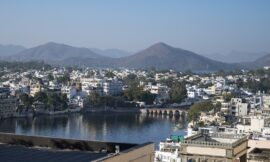Split, a gem on the Adriatic coast of Croatia, is a city that effortlessly combines ancient history with a lively Mediterranean atmosphere. As the largest city in the Dalmatia region, Split is renowned for its well-preserved Roman architecture, stunning waterfront, and a vibrant cultural scene that captivates visitors from around the world.
At the heart of Split lies the UNESCO World Heritage site, Diocletian’s Palace, a remarkable testament to the city’s rich history. Built by the Roman Emperor Diocletian in the 4th century AD, the palace served as a retirement residence for the emperor. Today, it stands as a living monument, with locals seamlessly coexisting with the ancient structures. The palace complex includes a cathedral, Peristyle Square, and the Temple of Jupiter, showcasing an impressive blend of Roman, medieval, and Renaissance architecture.
The Diocletian’s Palace is not merely a static historical site; it’s a dynamic part of Split’s daily life. Visitors can wander through narrow stone-paved streets, lined with shops, cafes, and restaurants. The lively atmosphere of the Peristyle Square, surrounded by ancient columns and arches, creates a unique fusion of the past and the present.
The Riva, Split’s waterfront promenade, is a lively hub that overlooks the Adriatic Sea. Lined with palm trees, cafes, and shops, the Riva offers a perfect setting for leisurely strolls, people-watching, and enjoying stunning sunsets. Locals and tourists alike gather here to savor the Mediterranean ambiance and take in the views of the nearby islands.
Marjan Hill, a verdant park forest located on the western part of the Split peninsula, provides a welcome escape from the urban hustle. A hike to the top rewards visitors with panoramic views of the city, surrounding islands, and the turquoise Adriatic Sea. The hill is crisscrossed with trails, making it a popular spot for jogging, cycling, and picnics.
Split’s beaches, such as Bacvice and Kasjuni, are popular destinations for sunbathing and swimming. Bacvice, with its sandy shores and shallow waters, is known for its lively atmosphere, beachside cafes, and the traditional game of picigin, a local ball game played in the shallow sea.
The Meštrović Gallery, housed in a villa designed by the renowned Croatian sculptor Ivan Meštrović, showcases a vast collection of his sculptures, drawings, and architectural works. The gallery is surrounded by a beautiful garden, creating a serene space to appreciate Meštrović’s artistic legacy.
Split’s culinary scene is a gastronomic delight, featuring a blend of Mediterranean and Dalmatian flavors. Seafood, olive oil, and locally sourced ingredients dominate the menus of the city’s restaurants and konobas (traditional Croatian taverns). Visitors can savor freshly caught fish, grilled octopus, and peka, a slow-cooked meat or seafood dish.
Split hosts various cultural events and festivals throughout the year, adding to its vibrant ambiance. The Split Summer Festival, held in Diocletian’s Palace and other historical venues, features classical music concerts, theater performances, and art exhibitions. The Ultra Europe music festival, one of the largest electronic music festivals in the world, attracts music enthusiasts to the city.
In conclusion, Split is a destination that seamlessly merges ancient charm with a contemporary vibe. Its well-preserved historical sites, vibrant waterfront, and natural surroundings make it a captivating city to explore. Whether wandering through the centuries-old streets of Diocletian’s Palace, enjoying the sun-drenched beaches, or savoring local delicacies, visitors to Split are sure to be enchanted by the unique blend of history, culture, and Mediterranean allure that defines this Croatian gem on the Adriatic coast.



